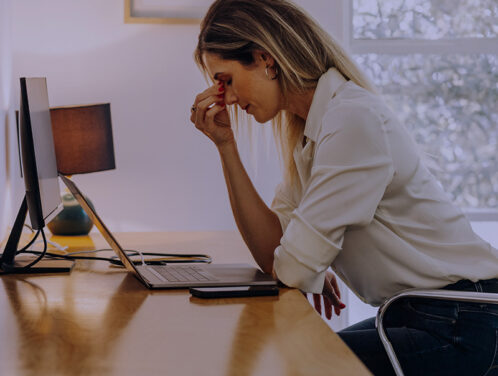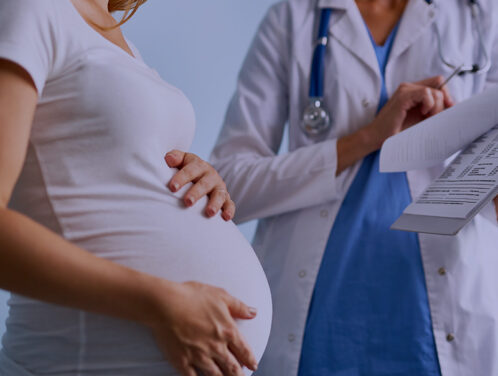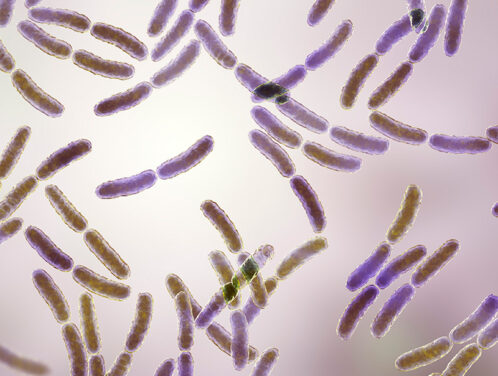The vaginal microbiome — the mix of good (and sometimes bad) bacteria that live in your vagina — keeps it happy and healthy. While researchers are only just beginning to understand the vaginal microbiome, there’s already much to know.
How Does the Vaginal Microbiome Work?
There are countless bacteria that live in your vagina and coexist harmoniously and make up the vaginal microbiome. When everything is functioning properly down there, you don’t even realize it. But when the bacteria get thrown out of whack due to hormones, an infection, or other issues, you might get symptoms of an infection and notice something is amiss.
Throughout your life the vaginal microbiome changes in response to things like hormonal shifts (puberty, your period, pregnancy, and menopause for instance), plus lifestyle factors like your diet, environment, and stress.
Scientists have discovered that the good bacteria in the vagina produce lactic acid and a low pH environment (4.5) that protects you against threats like yeast infections, urinary tract infections, bacterial vaginosis, and STIs. And researchers believe the more we learn about how the vaginal microbiome works, the better we’ll be able to prevent and treat STIs and other vaginal infections in the future.
FAQs about the Vaginal Microbiome
How does the vaginal microbiome impact your health?
Researchers are still discovering new ways that the microbiome down there affects your health. They’ve learned that an unhealthy vaginal microbiome that can lead to an infection like bacterial vaginosis developing can be caused because bad bacteria overtake the good. When you have an infection like bacterial vaginosis or an STI, those can impact your well-being.
What causes the vaginal microbiome to get out-of-balance?
Normal things like hormonal changes or diet changes, sex without a condom, new sexual partners and douching are all risk factors.
Who’s most at risk of having an out of balance vaginal microbiome?
Any woman can be affected including women who haven’t had sex yet. Black women have bacterial vaginosis (BV) more often than white women, though researchers don’t understand the disparity. BV affects up to 29 percent of women worldwide, and women spend $4.8 billion on symptomatic BV treatment annually.
How can women keep their vaginal microbiome healthy?
The good news is that vaginas are self-cleaning. That means you don’t have to do much to keep them healthy. While some may swear by eating yogurt or taking probiotics, researchers haven’t concluded there’s any benefit to either. However, they do know what not to do and that includes douching. Douching is cleaning the vagina with water or a chemical solution. Since the vagina doesn’t need to be cleaned and can be harmed by flushing away the good bacteria, this is the number one thing you should avoid to have a healthy vaginal microbiome.
Mapping the Vaginal Microbiome
While research into the vaginal microbiome has been lagging compared to the gut, scientists at the University of Maryland School of Medicine are hoping to change this soon.
These scientists are mapping the vaginal microbiome and that means their project, VIRGO, which stands for Human Vaginal Non-redundant Gene Catalog, will compile the studies over the past decade and the data about the vaginal microbiome including over a million genes in bacteria, viruses, and fungi known to inhabit the vagina.
The project will help figure out how the bacterium in your vagina works, how it keeps or loses balance, and how to develop better treatments in women’s health when we understand more about the vaginal microbiome. Meanwhile, remember your vagina doesn’t need any special treatment or cleaning, see your doctor regularly, eat a healthy diet and take care of your overall health — and your vagina will thank you.






